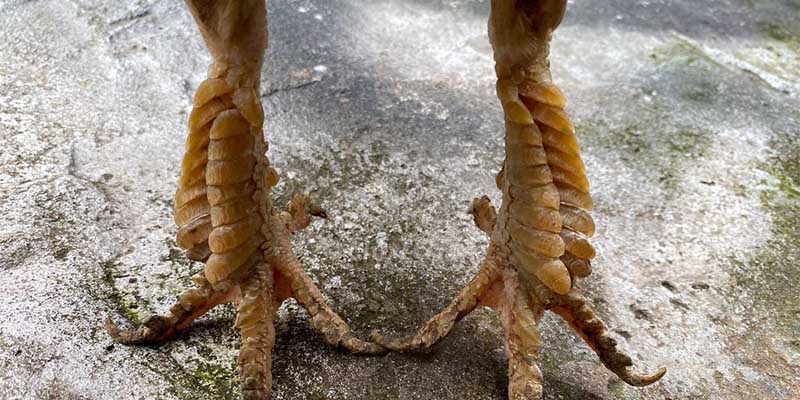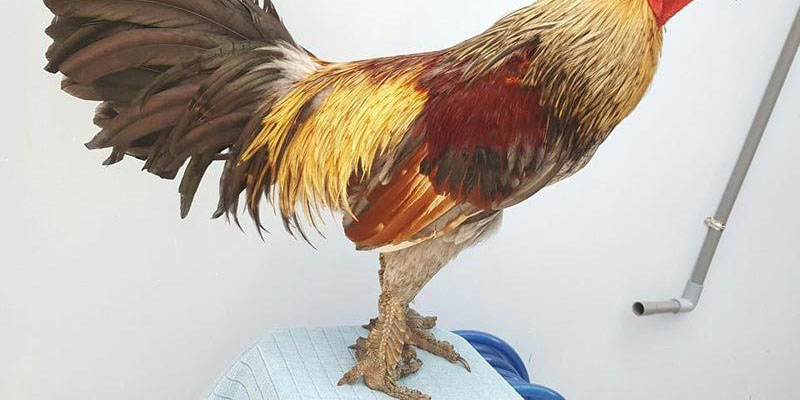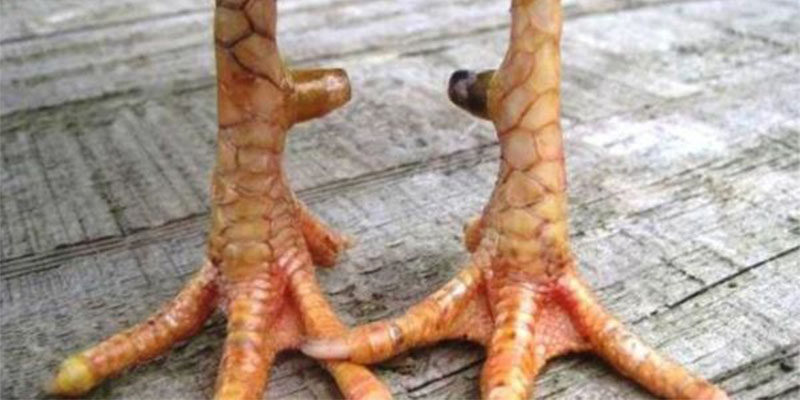
Bad rooster scales can be the difference between a promising champion and a poor investment. Many enthusiasts believe these flawed patterns signal underlying weaknesses or bad luck. Understanding how to identify these undesirable formations is a fundamental skill for anyone serious about selecting a quality gamecock. This guide will reveal the secrets to spotting these warning signs, a skill highly valued on daga.
Understanding the significance of scale patterns in gamecocks
In the world of cockfighting daga, the scales on a rooster’s legs are read like a map, telling a story of its potential strength, fighting style, and even its fortune. This traditional knowledge, passed down through generations, places immense importance on the uniformity and arrangement of these keratin plates. A clean, well-organized set of scales is often associated with a powerful, healthy, and genetically superior bird.
Conversely, certain irregularities are viewed as significant flaws. These are collectively known as bad rooster scales, and their presence can deter an experienced handler from purchasing or training a bird. These beliefs are rooted in the idea that external imperfections reflect internal weaknesses, whether in bone structure, stamina, or fighting spirit. Learning to recognize these patterns is therefore a foundational element of rooster selection.

The importance of chicken scales for fighting strength
A detailed catalog of common bad rooster scales
Identifying undesirable scale formations requires a keen eye plus a solid understanding of what to look for. While there are countless minor variations, several key patterns are universally recognized as problematic. The following sections break down the most common types of bad rooster scales that every enthusiast should know to avoid costly mistakes.
Cracked or shattered scales
This is one of the most easily identifiable flaws in a gamecock. These scales appear broken, split, or fragmented, lacking a solid, uniform appearance. This condition is often believed to be a sign of poor health or a weak constitution. Handlers fear that such legs lack the durability required for intense combat, making the rooster more susceptible to injury.
Misaligned posterior scales
Often referred to as opened-back scales, this flaw occurs on the back of the leg. Instead of forming a neat, interlocking line, the scales are crooked, separated, or misaligned. Tradition dictates that this specific pattern is linked to a lack of stamina. Roosters with these bad rooster scales are thought to tire quickly, lacking the staying power needed for prolonged matches.
Overlapping or double scales
This irregularity involves smaller scales being inserted between or overlapping the main, larger scales. This disrupts the smooth, clean lines that are highly prized in a top-tier gamecock. This pattern is frequently associated with impurity in the bloodline or just plain bad luck. It is a significant red flag for buyers seeking a rooster with a prestigious lineage.
Fine or messy scales
This specific flaw is characterized by numerous small, disorganized scales that lack clear definition. They give the leg a rough, messy texture instead of a clean, armored appearance. Handlers believe this trait indicates a chaotic or unfocused fighting style. Such roosters may be unpredictable, which is a major risk when facing a disciplined opponent.

Poor quality fighting cock scales to avoid
The underlying reasons these scales are considered undesirable
The beliefs surrounding bad rooster scales are not merely superstition; they are often tied to practical observations about a rooster’s performance and physical integrity. While not scientifically proven, these long-held associations have been formed from countless hours of observation by expert breeders and handlers.
Linking to physical vulnerabilities
Many of these flawed patterns are thought to indicate structural weaknesses in the rooster’s leg. Cracked scales, for instance, might suggest a brittle bone structure underneath. A disorganized scale pattern could imply weaker ligaments or tendons. These perceived weaknesses make a rooster a higher risk, as a leg injury can end its career instantly, which explains why they are labeled as bad rooster scales.
Indicators of a poor lineage
A rooster’s scales are also seen as a direct reflection of its genetic quality. Clean, perfect scales suggest a pure, well-maintained bloodline known for producing strong fighters. In contrast, the presence of bad rooster scales might suggest that the rooster comes from a mixed or inferior lineage. This makes the bird less valuable for both fighting and future breeding purposes.
Preventative measures and proper leg care
While many scale patterns are genetic, proper care can influence the overall health and condition of a rooster’s legs. A dedicated handler knows that prevention plays a significant role in maintaining a rooster’s peak physical condition. Strong, healthy scales are less likely to develop environmental or health-related flaws.
The role of nutrition
A balanced diet rich in calcium, biotin, and essential minerals is vital for scale health. These nutrients are the building blocks for strong keratin, the protein that forms the scales. Nutritional deficiencies can manifest as brittle, dry, or cracked scales over time. A proper diet provides the internal foundation for durable, healthy legs.
Maintaining a clean environment
A rooster’s living environment has a direct impact on its leg and scale condition. Damp, dirty coops can harbor bacteria plus fungi that lead to infections like scaly leg mites. These parasites burrow under the scales, causing them to lift, thicken, and become deformed. Keeping the coop clean and dry is a simple yet crucial step to prevent some forms of bad rooster scales.

Proper care of chicken feet helps maintain healthy scales
What to do when you encounter bad rooster scales
Discovering a rooster with undesirable scales does not always mean the bird is worthless, but it does call for careful consideration. Your course of action should depend on your goals, whether you are buying, breeding, or simply assessing a bird you already own. Having this knowledge is vital for making informed choices
For potential buyers
If you are considering purchasing a gamecock, the presence of significant bad rooster scales should be a major warning. It is often wiser to pass on such a bird in favor of one with cleaner legs. An investment in a rooster with ideal characteristics from the start is much safer. This careful selection process is a philosophy that many experts on daga strongly advocate for.
For breeding purposes
Using a rooster with flawed scales for breeding is generally discouraged. There is a high probability that these undesirable traits will be passed on to its offspring. Preserving the integrity and strength of a bloodline requires breeding only the best specimens. Therefore, avoiding roosters with bad rooster scales is a critical part of any serious breeding program.
Conclusion
In conclusion, the ability to identify bad rooster scales is an indispensable skill for anyone involved in the sport. These flaws can indicate potential issues with a rooster’s health, durability, and genetic purity. For more expert insights and to connect with a community of knowledgeable handlers, be sure to explore the resources available on daga link.

Leave a Reply